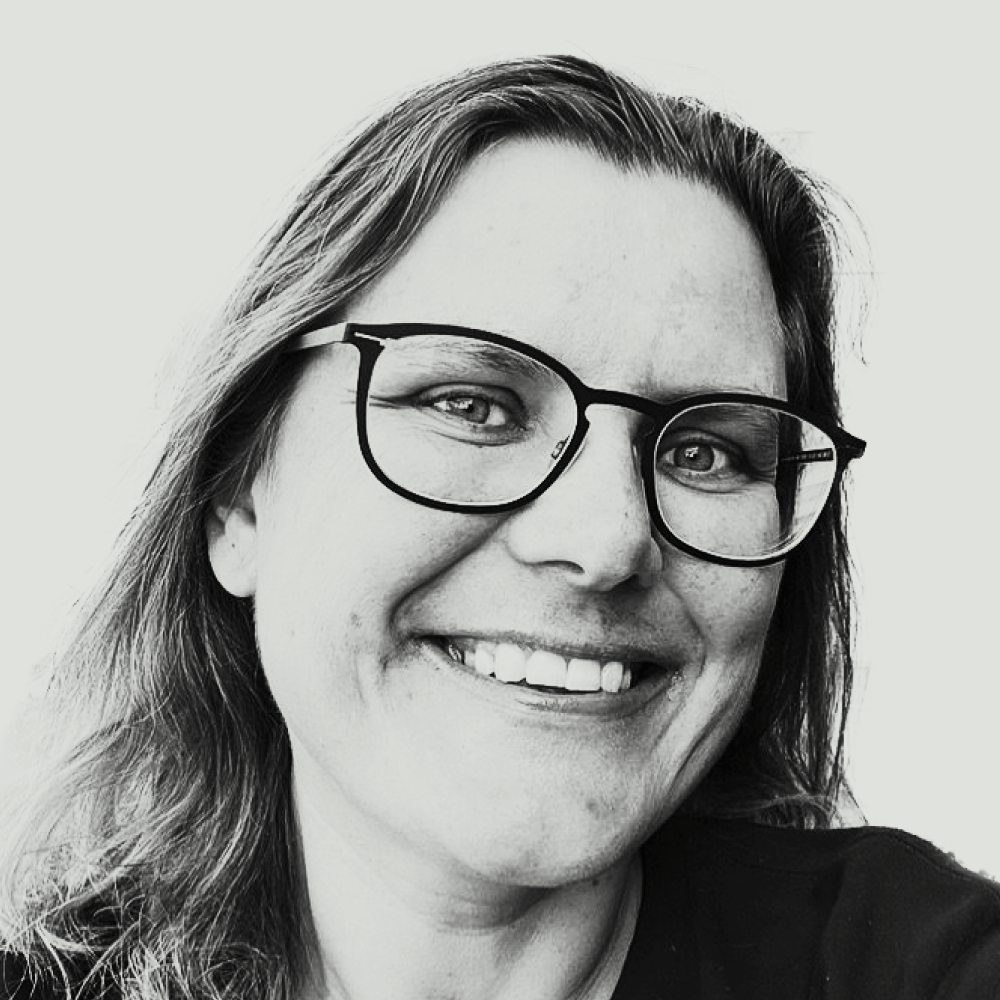For every stage of the 2023 Tour de France – men’s and women’s – José Been is bringing you stories about the history, castles, geology, culture, food, and people around the race. A bit of couleur locale while you enjoy lush fields of sunflowers, beautiful mountains, and pretty little villages, oh, and the bike race too.
We start the Tour de France in Bilbao, in the Basque Country. “Bilbon hasiko da Frantziako Tourra” is what the Basques would say. Around one third of the population speaks the language. Most of them are in the Basque Country or Euskadi but also across the border in France they speak Basque. The seven regions that speak Basque – four in Spain and three in France – are together called the Euskal Herria.
Euskara is a genetically isolated language. In other words, it is related to no other known language family. As often happens with languages that cannot be linked to any other language group, a number of hypotheses have been put forward over the centuries to explain the origin of Basque. The only plausible theory to date establishes a genetic relationship between Euskara and the Aquitaine language spoken in the southwest of France. But I have also read theories that neolithic cave dwellers in Altamira and Lascaux spoke a language of which the current Basque is a direct descendant.
I do not aim to write a scientific linguistics study here so I also have no idea. The linguist Luis Michelena said: “The real mystery in the history of the Basque language is not its origin, but its survival to the present day.”
During the reign of the Spanish dictator Franco (from 1939 to 1975) regional languages, including Basque, were severely oppressed. It was even stripped of its official status in Spain. But it bounced back as it had done over hundreds and hundreds of years.
After the long years of contempt and disdain for the language by the Franco dictatorship, in the late 1960s Euskara became the soul of the Basque nation. Ikastolas – primary and secondary schools taught in Basque – and gau-eskolas – adult evening classes – played a vital role in reviving the language. The gau-eskolas were the precursor to the euskaltegis, where some 40,000 adults study Basque today. The language thrives and more and more people learn and speak Basque on a daily basis.
All signs in traffic are also bi-lingual. With some place names in Basque being so different to their Spanish and French counterparts on your Google Maps, driving or riding around the country can be confusing. The longest place name in the whole of Spain and the second in Europe (after that one in Wales) is in the Basque country.
Although I am known as a commentator for pronouncing rider and place names in a couple of languages, and I am not even fazed by an Asier Etxebarria, Peio Goikoetxea, or Eukene Larrarte, I will not even attempt this one. But here it is: Azpilicuetagaraycosaroyarenberecolarrea. It means, or so the internet tells me, “the low field of a high pen of Azpilkueta
What did you think of this story?

